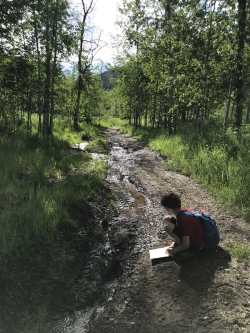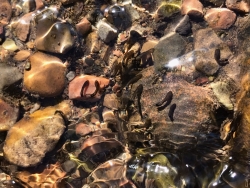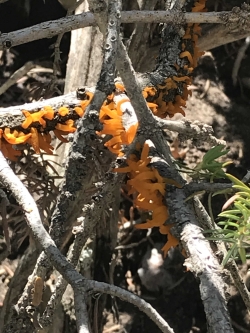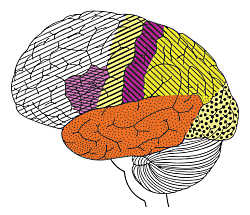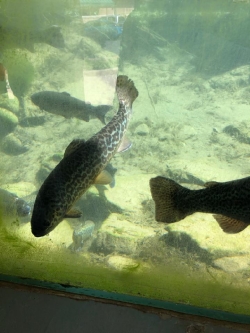
Courtesy & © Mary Heers, Photographer
About this time I heard that although trucks from the state hatcheries stocked the community ponds, the hatchery in Kamas delivered fish to high mountain lakes in the Unitas via airplane. A few phone calls later, and I was lucky enough to get invited to watch the loading of the fish.
It was 5 in the morning when I followed the Kamas hatchery truck out onto to tarmac at the Heber airport. A specially designed Cessna 158 was waiting for us. There – just behind the pilot’s seat- was a water tank neatly divided into 7 compartments. 7 levers stuck out from the dashboard that would open and close a portal on the belly of the plane.
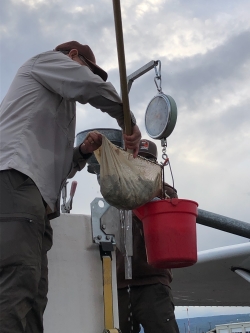
Courtesy & © Mary Heers, Photographer
“Flush,” said the man in charge. And another man with a red bucket of water sent the fish through the funnel into the plane. Soon the pilot took off. When he got to his target lake, he would drop down and skim over the tops of the trees on the water’s edge. He would then open the portal in the belly of the plane and the tiny trout would flutter down like leaves into the water below.
If our feisty fingerling can avoid predators (mostly birds and bigger fish) it will grow to about 5 inches by September. When the water temperature drops to 30 degrees the fish become lethargic and stop growing. Next June, if the lake warms up to 50 degrees, the trout will grow 2/3 inch an month. At 60 degrees, the fish will grow an inch a month. But if the water temperature reaches 70, the amount of oxygen in the water will drop. Any higher and the fish will be severely stressed.
Growing up and backpacking with my family, I was always delighted to come across an alpine lake because it meant that I could take off my pack and stop hiking. But once I got hooked on fishing, I found myself agreeing with the poet Edgar Guest:
- “A feller gets a chance to dream
- Out fishing.
- He learns the beauty of the stream
- Out fishing….+
Now, as far as getting up to the high mountain lakes in the Unitas, one thing is for certain. The fish are already there.
This is Mary Heers and I am Wild About Utah.
Credits:
Photos: Courtesy & Copyright © Mary Heers
Photos: Courtesy
Featured Audio: Courtesy & Copyright © Kevin Colver, https://wildstore.wildsanctuary.com/collections/special-collections/kevin-colver
Text: Mary Heers, https://cca.usu.edu/files/awards/art-and-mary-heers-citation.pdf
Additional Reading: Lyle Bingham, https://bridgerlandaudubon.org/
Additional Reading
Wild About Utah, Mary Heers’ Wild About Utah Postings
Edgar Guest, 1881–1959, Biography, Poets.org, https://poets.org/poet/edgar-guest
Edgar Albert Guest, Out Fishin’, InternetPoem.com, 2018, https://internetpoem.com/edgar-albert-guest/out-fishin-poem/
Betancourt, Sarah, Flying fish: video shows Utah wildlife agency restocking lake by plane, The Guardian, July 13, 2021, https://www.theguardian.com/us-news/2021/jul/13/fish-plane-video-utah-lake
Facer, Austin, Who says fish can’t fly?: Aerial stocking places fish in lakes via airplane drop, ABC4 Utah, July 12, 2021, https://www.abc4.com/news/digital-exclusives/who-says-fish-cant-fly-aerial-stocking-places-fish-in-lakes-via-airplane-drop/
Knighton, Conor, In Utah it’s raining fish, CBS Sunday Morning, Oct 24, 2021, https://www.cbsnews.com/video/in-utah-its-raining-fish/


